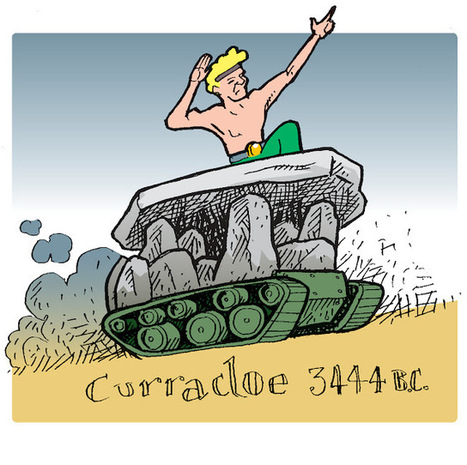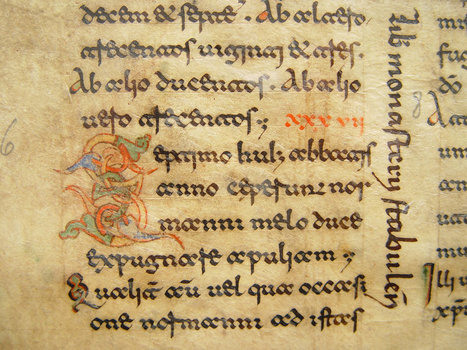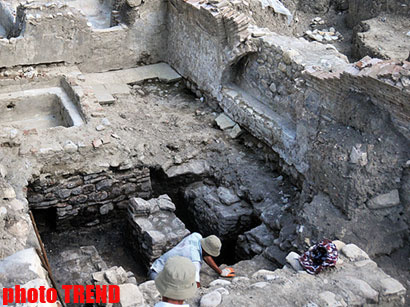The Manchester Museum contains an intriguing object numbered 296. At 38cm long and 7.8cm in diameter, at first sight it looks like a thin pottery vessel, open at one end and with a small hole at the other.
Were it not for the chance discovery of a dead bee inside (and traces of pollen), the function of this object may have gone unrecognised as an ancient Egyptian beehive.



 Your new post is loading...
Your new post is loading...
















